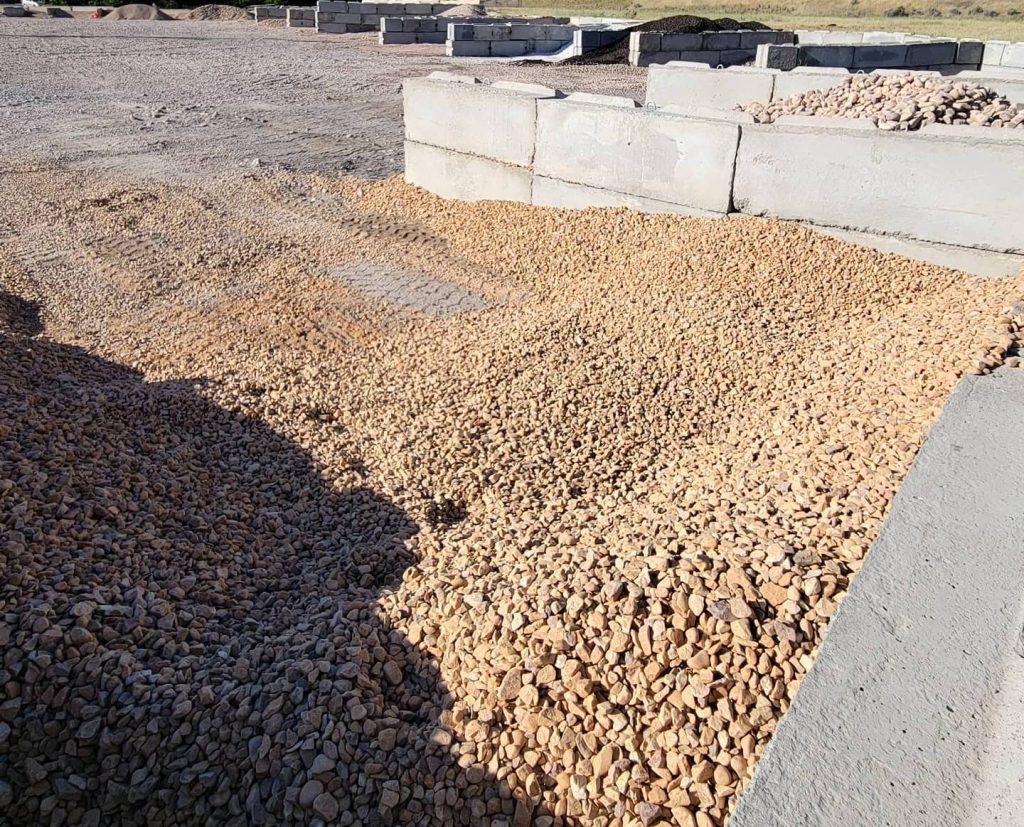Health Risks of Indoor Air Pollution: What You Should Know
Poor Indoor Air Quality can have detrimental effects on the well-being of the people who live there. This can lead to the nose, throat, and nasal irritation along with headaches, as well as allergies. Exposure to chemicals could cause respiratory problems and can contribute to heart and cancer.
The majority of pollutants that affect IAQ are derived from construction furniture, paints and cleaning materials. Utilizing low emission building materials could help reduce these harmful pollutants.
Volatile Organic Compounds
The majority of products we use every day, including the building material and cleaning chemicals release VOCs into environment. Solvents, perfumes paints, and cleaning products contain VOCs. They can also be present in wood or kerosene-burning stoves. VOCs are a common problem in the home due to smoking cigarettes and the use of cleaning products and paint, as well because of infiltration by outside air. The high concentrations of indoor VOCs may cause “sick build syndrome’.
Outdoor VOCs contribute significantly to the formation of Ozone in the ground. It is a major component in photochemical smog. VOCs are regulated by the EPA to stop them reacting with sunlight and nitrogen oxides in order to produce an ozone.
A lot of new materials and products used in construction release VOCs. It is the case with flooring, insulation, paints, and adhesives. To achieve healthy building and construction, it’s essential that architects choose products with low VOC levels. Selecting products that are certified and accredited with the Declare Label Cradle to-Cradle Global Green Tag and Product Lens certifications as well as the BREEAM’s Hea 02 indoor air quality credit may help to reduce VOC levels.

Formaldehyde Emissions
The usage of wood-based items which contain formaldehyde could cause large amounts of formaldehyde be released into the atmosphere during the construction. This can last several months, and can be worsened by extreme temperatures as well as relative humidity in homes or offices.
It is known that formaldehyde is a cancer-causing agent as well as respiratory irritation. It may cause irritation to the skin, nose and throat, as well. Formaldehyde can be a precursor for other VOCs which can interact with other chemical compounds in the air. This can result in secondary pollutants such as trichloroethylene and acetone.
Formaldehyde has been found at elevated concentrations in various household products, including new wooden furniture and recently renovated melamine items as well as wood-based material pressed using formaldehyde resins and urea-formaldehyde insulation foam, DIY projects such as varnishing and painting; and also textiles. Additionally, to improve ventilating, using low-emitting wood products that are labeled either ULEF, CARB, or made with no-formaldehyde (NAF) resins could help decrease the emission of formaldehyde.
Particulate Matter
Asbestos can be found in a variety of contemporary materials gia da 0x4 like floors and in insulation. In the event of a disturbance, asbestos can emit toxic gaseous emissions. As a result, the fumes that come from these materials may pollute the air within a building and cause allergic reactions. Inhaling particulate matter could cause respiratory or heart conditions.
Diesel-powered construction equipment is another cause of pollution to the air. This type of equipment releases a large amount of carbon monoxide, carbon dioxide, nitrogen oxides and hydrocarbons which can affect indoor air quality.
It is also essential to make certain that the ventilation within the home is in good working order. This will keep any contaminants from entering. High levels of indoor pollutants could lead to poor results for health, such as increased hospitalizations and deaths from cardio-pulmonary and respiratory ailments. This is especially the case with certain groups, including those with a disability, elderly people or those who have pre-existing illnesses. This is why it is so important to minimize the risk of exposure through proper ventilation, and also separating work zones in renovations from spaces that are used.
The Growth of Mold
Molds, which are fungi that breakdown biodegradable substances within our surroundings and then produce spores which consume additional nutrients as they multiply. The endless cycle of this process is one of the major causes of pollution that we encounter in our natural environment. This is especially true in the case of mycotoxins that are produced by certain mold species, that pose a higher risk to human health.
The spores of mold can be seen in nearly all the air and in soil and construction wood. Growth of mold depends on oxygen, water, and nutrients. Many building materials and furniture provide suitable nutrients, while dirt that is on the surface provides an additional source of drinking water.
The airborne spores of mold could cause irritation to respiratory systems. Some people may also experience headaches or fatigue. The use of low-emitting construction material and the proper ventilation plan will reduce the effects on microbial toxins both during and after construction project, and improve the air quality in your home overall.